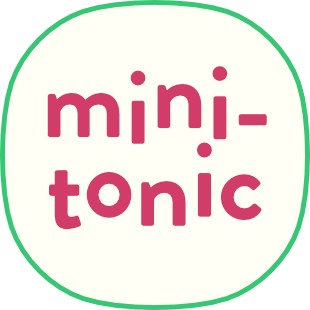With the Arts Marketing Association’s Digital Marketing Day 2025 almost here, we thought we would put together this handy 10 minute guide to commissioning animation of your imagery for your venue.
Is it expensive? Is it worth it? Why don’t I just use AI? We answer these questions and more…
Video Summary…
Animation Commissioning: A Quick Guide for Arts Venues
Animator Trevor breaks down the process of commissioning animation for your museum, theatre, or venue, clarifying the process to help you get started quickly and confidently.
Why Animate Your Artwork?
Adding movement to static artwork is a powerful way to promote your venue and events across social media and in-house video screens.
Catch Attention: Movement instantly catches the eye in an "attention-hungry world," driving more engagement than static posters.
Boost Brand: Commissioning original animation signals that your brand is dynamic, modern, and invested in high-quality publicity.
Versatile Use: Use the final video for social media (e.g., square formats), website banners, video screens, and even pre-performance projection.
Budget & Cost: The Flexible Approach
Animation is an adaptable art form that can be scaled to fit most budgets, from small projects to large campaigns.
Always Share Your Budget: It's essential to tell your animator your budget upfront. This prevents "false starts" and allows them to design a clever solution that maximises your money.
Example: A complete promotional animation for a theatre pantomime covering video screens and social media was achieved for around £1500.
Start Small: If you're new to animation, it's best to start with a very simple, small project to build trust and expand later.
Human Animator vs. AI
Working with a professional provides quality and originality that AI tools currently can't match.
Originality: A human animator will discuss your ideas to create a unique piece that reflects your brand's style and technique.
Brand Integrity: AI-animated content is often generic and easily spotted, which can send the wrong message about your venue's value of human creativity.
The Simple, Step-by-Step Process
Commissioning is a clear, step-by-step process designed to ensure you get exactly what you want.
Discussion: Establish goals and confirm display formats (e.g., widescreen, square, etc.).
Sketches/Storyboards: The animator provides initial sketches (and a storyboard for larger projects) for your approval.
Stills & Sound: Review static images to approve the look, feel, and composition, and discuss music and sound effects.
Final Review: The completed animation is shared via a private Vimeo link for final team approval and revisions.
Delivery: Once approved, you receive the final files.
Timeline: Modern animation is fast. A typical project usually takes between one to two weeks for the main work, with a total allowance of around three weeks for development and revisions.


